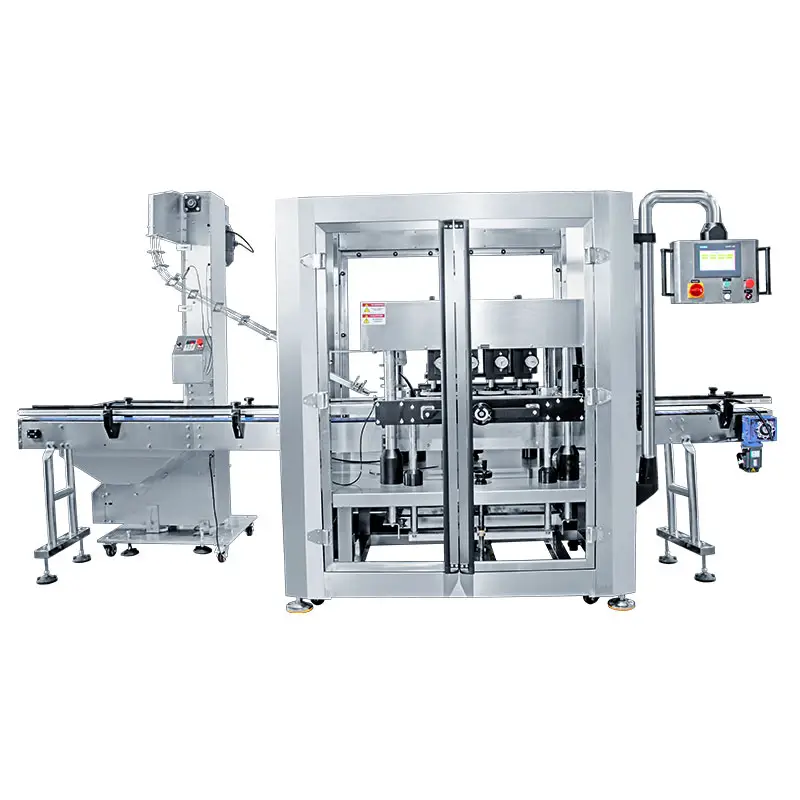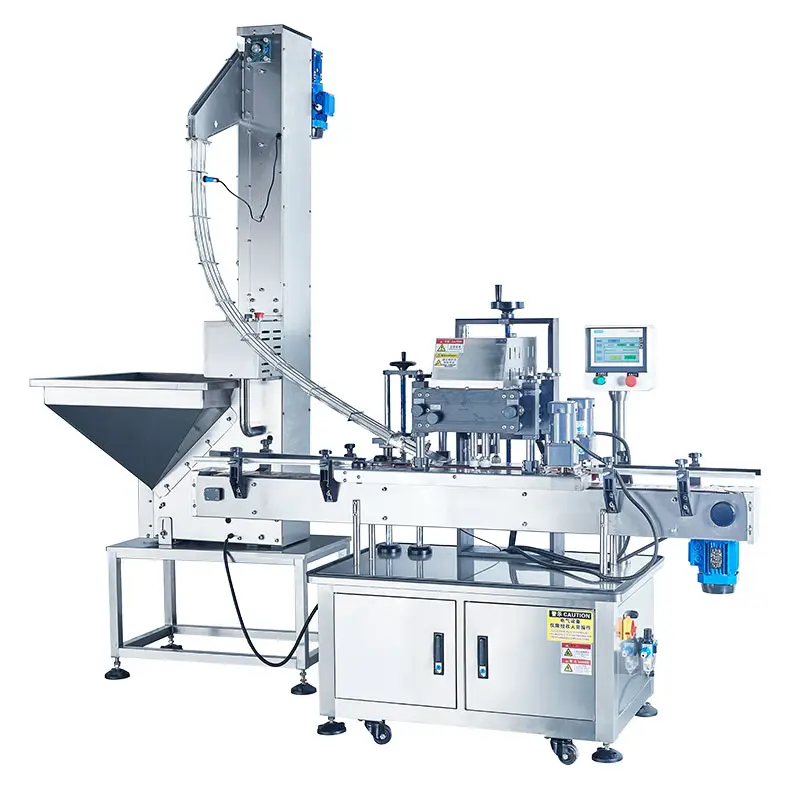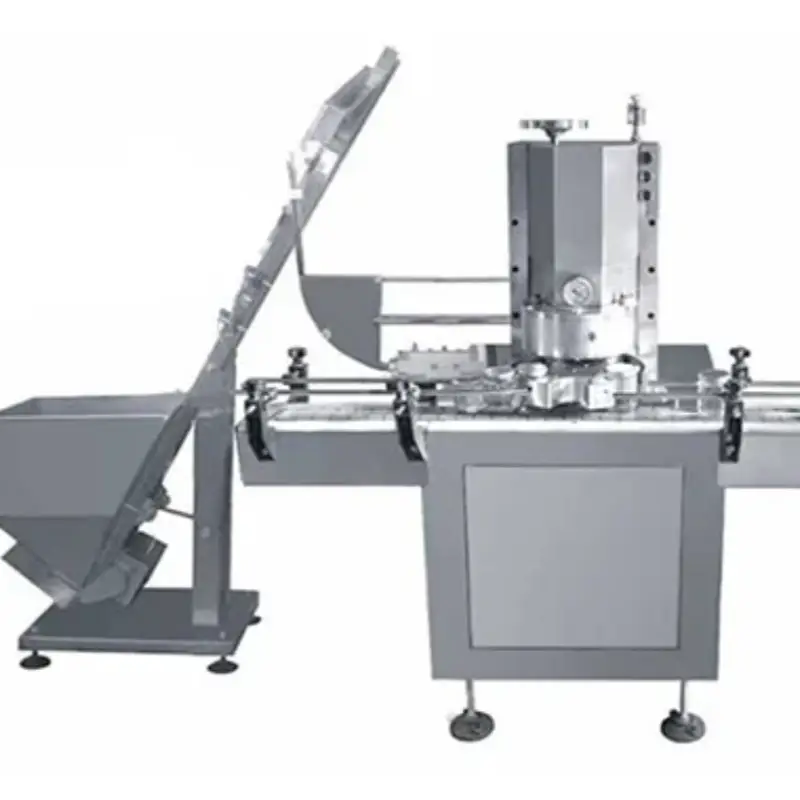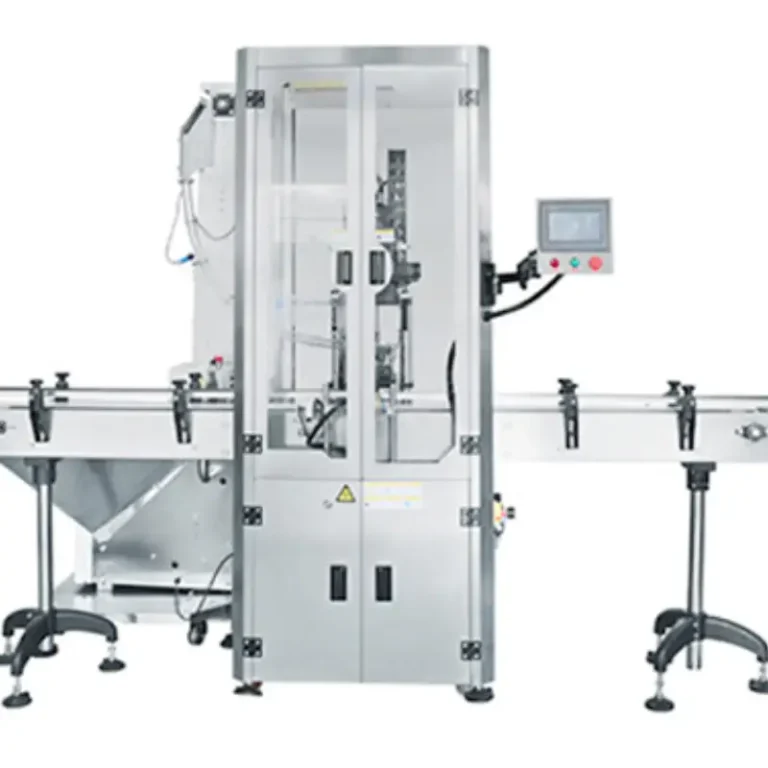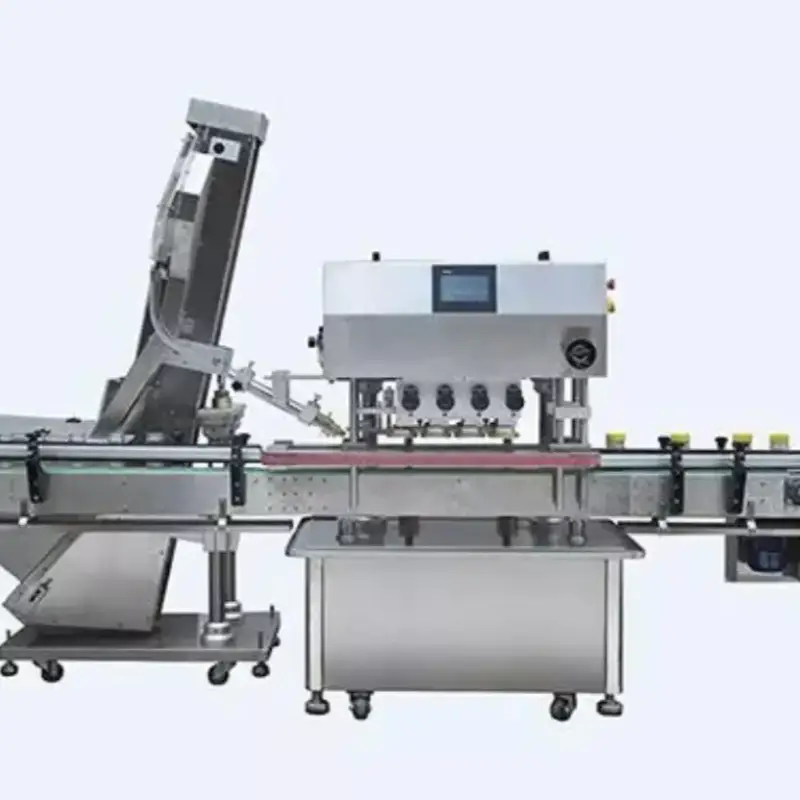In packaging, the choice of material is a major issue, which influences the integrity of the product, consumer attitude, and environmental responsibility. Glass is one of such alternative materials, and it has always been a high-quality product throughout centuries. Its application lies from the ordinary household to the advanced commercial packaging. This guide offers a conclusive summary of various types of glass jars, their applications, and the technical aspects important in their selection and use. We will look at the physical features of the various types of jars, the important role of the closure system, and the route between small-scale application and the large-scale commercial manufacture, and will provide a resource that can be used by individuals and businesses.
Why Glass Jars Are the Superior Packaging Choice
The reason why glass has remained the preferred material to be used in packaging is not traditional in nature. It is based on a set of functional, chemical, and aesthetic characteristics that precondition its exceptional applicability to diverse types of applications, especially the food and beverage, pharmaceutical, and cosmetic industries.

- Chemical Inertness and Purity: The glass is nearly inert. It is mainly silica with soda ash and limestone, and it does not react with its contents. This ensures that the flavor, aroma, and chemical makeup of the product are not changed. This is as opposed to some plastics; glass does not have any chemicals such as BPA and phthalates that are likely to leak into the product, thus ensuring the purity and safety of the consumer.
- Impermeability and Preservation: Glass is non-porous, which forms a hermetic barrier between external factors and the surface. It avoids the infiltration of oxygen, moisture, and contaminating substances, which are the key spoilage factors. A glass jar, when sealed properly, can also store its contents over a long period of time, making it the standard choice in the industry of canning, pickling, and preserving food products, where shelf life is crucial.
- Sustainability and Recyclability: Glass is completely recyclable and can be recycled indefinitely without any reduction in quality or purity. This makes it an eco-friendly option in a time of growing environmental concern. Recycling of glass also uses a lot less energy compared to the production of glass using raw materials, thus helping to reduce the carbon footprint. It is also reusable due to its durability, further increasing its life cycles compared to single-use packaging.
- Aesthetic Appeal and Premium Perception: Glass allows the product to be clearly displayed to convey quality and truthfulness to the buyer. The weight, clearness, and solidity of the material are salient factors to a high-end perception. This value-added attribute is able to boost the brand image and support a higher price in a competitive market. When it comes to premium beauty products, clear glass or essential oils amber glass, the aesthetic sight, as well as functionality, can be improved.
The Most Common Types of Glass Jars Explained
A glass jar is designed in a specific way that is associated with the purpose of that design. Various shapes and systems have different benefits in their approach to accessibility, storage, and aesthetic presentation. The concept of these top categories is the beginning of the selection of the right container. To show you how to compare these options instantly according to their technical characteristics and practical functions, the chart is given in detail.
| Jar Type | Common Lid Type | Terbaik untuk | Mouth Diameter | Reusability | Stackability | Labeling Efficiency |
| Mason Jars | Two-Piece (Disc & Band) | Canning, preserving, DIY crafts | Regular & Wide | Tinggi | Sedang | Bagus. |
| Straight-Sided Jars | Continuous Thread, Lug | Candles, creams, cosmetics | Wide | Tinggi | Sedang | Luar biasa |
| Bail Lid Jars (Fido) | Hinged Bail with Gasket | Airtight dry storage (coffee, flour) | Wide | Tinggi | Rendah | Bagus. |
| Hexagonal Jars | Lug (Twist-Off), Continuous Thread | Gourmet honey, jams, spices | Regular | Sedang | Tinggi | Luar biasa |
| Paragon Jars | Lug (Twist-Off), Continuous Thread | Slender items (olives), sauces | Narrow | Sedang | Rendah | Bagus. |
| Economy / Round Jars | Lug (Twist-Off) | Commercial jams, sauces | Regular & Wide | Rendah hingga Sedang | Rendah | Fair to Good |
Mason Jars
The most recognizable glass container is the Mason jar, which has two components to its closure, namely, a flat metal disk with a plastisol sealant and a second threaded screw band. This design produces a trusted vacuum seal and is the home standard of canning and preservation. Mason jars are mostly sold in two mouth diameters: regular and wide. The wide-mouth design is easier to fill and clean, especially for big items such as whole fruits or pickles. When they are applied to bulk orders or in storing pantry goods, they make sure that your products are safe and well-preserved.
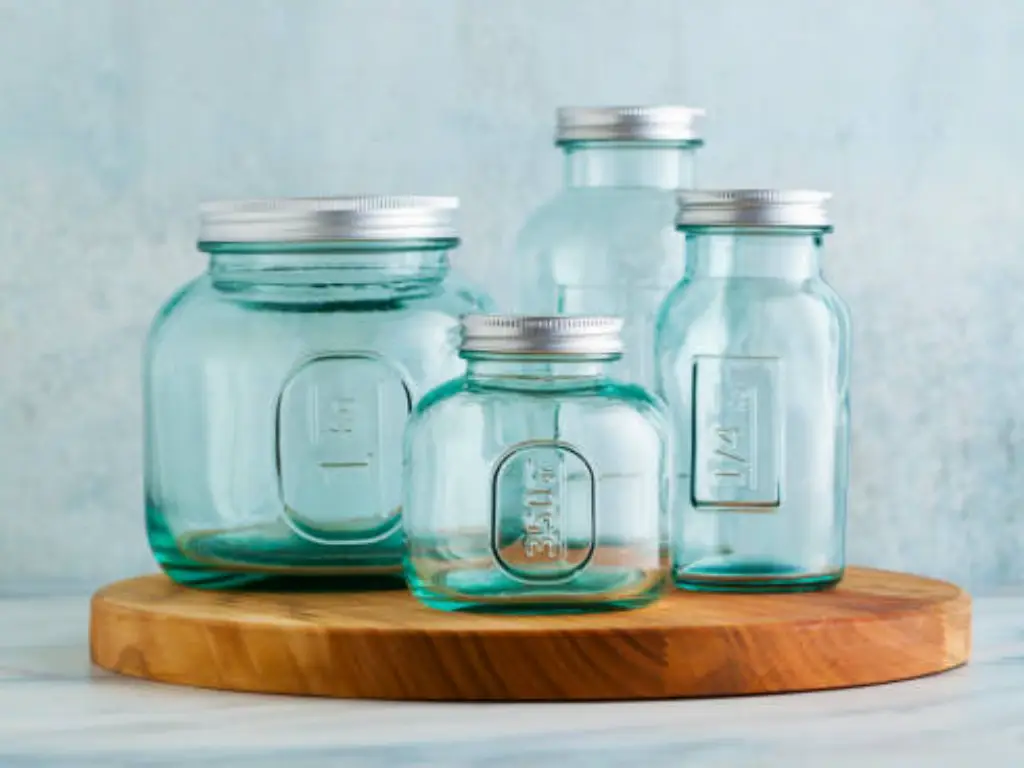
Straight-Sided Jars
These jars, as the name suggests, have no shouldered sides, so the profile is entirely smooth all around. The design is extremely useful with products that have to be removed with a spatula or a spoon (creams, pastes, body butters, lotions, and some food products such as pate). The smooth, continuous surface is also conducive to smooth label application with minimal wrinkles, hence becoming the favourite of commercial branding. Also, the straight-sided jars are available in a range of sizes, thus suitable for specialty jars of all uses, such as beauty products to bath salts.
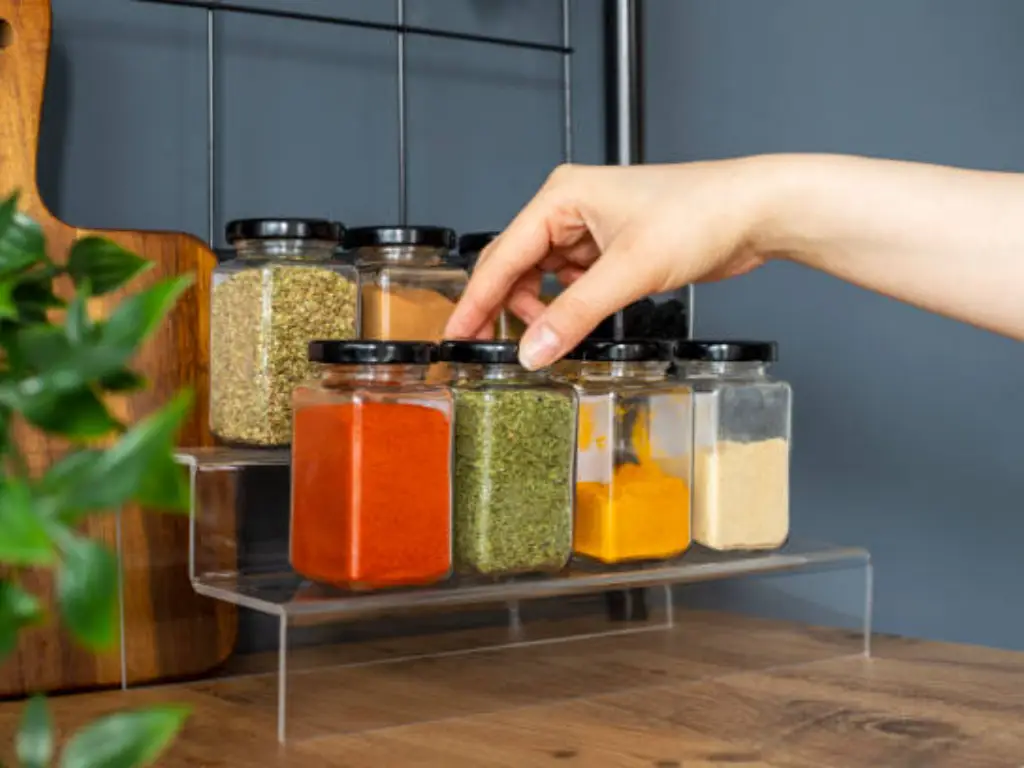
Bail Lid Jars (Fido Jars)
These jars have a very tight seal, and they are characterized by the use of a hinged lid mechanism, which has an element of a wire bail and a rubber or silicone gasket around the rim. The wire clasp applies pressure to squeeze the gasket against the rim of the glass to provide an air-tight environment. This renders them very appropriate in storing dry goods that are sensitive to moisture, including coffee beans, flour, pasta, and herbs. Although successful, the seal cannot be used in the high-heat conditions involved in traditional canning. To replace plastic jars, Bail Lid Jars can serve long-term storage requirements of sensitive items and which include humidity.
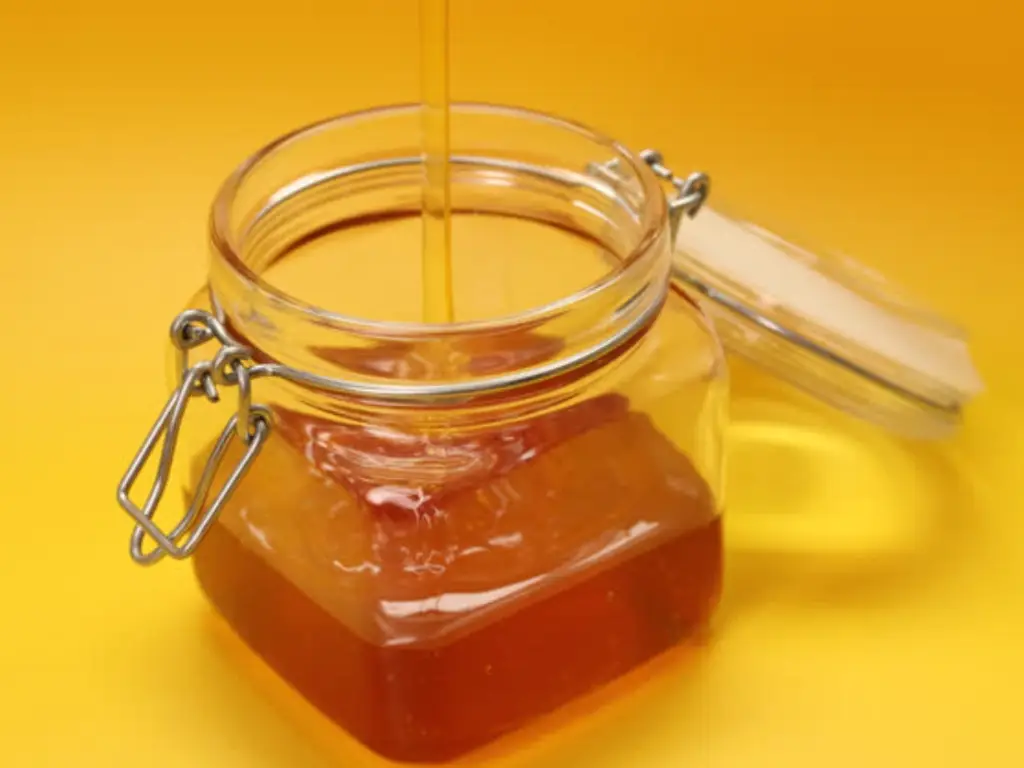
Hexagonal Jars
With 6 flat side panels, hexagonal jars provide an attractive alternative to the typical round containers. The unique design offers a good grip and avoids rolling on smooth surfaces. They are used widely as a gourmet honey, jam, spices, and candies, and shelf appearance and differentiation are important marketing factors. The flat panels also provide excellent surfaces for labeling.

Paragon Jars
Paragon jars are tall and narrow, with a slim, cylindrical profile. This design is space-efficient on retail shelves and is commonly used for packaging long, slender food items such as olives, asparagus spears, and breadsticks. The height-to-diameter ratio gives them an elegant appearance, often utilized for specialty condiments and sauces. Their narrow neck is ideal for precise pouring or dispensing, offering a sophisticated aesthetic for apothecary products.
Economy / Round Jars
The most common and most flexible container in commercial food packaging is the economy round jar. This jar has a cylindrical shape with curved shoulders, a comparatively broad opening, and is a functional workhorse. Its simple design results in efficient high volume production, resulting in it being a cost-effective option to manufacturers, hence its name of Economy. This jar is usually accompanied by a lug (twist-off) or continuous thread lid and is filled with jam and jelly, pasta sauces, pickles, salsas, and so on. Its combination of functionality, cost-effectiveness, and dependability has made it the generic choice of food companies everywhere.

Matching the Right Jar to Your Purpose
Choosing the right type of jar is the key to the success of the product, whether in domestic or commercial sales. The breakdown below matches common applications to the best jar specification, and, this way, each of the options would be ideal to use in the given task.
- For Canning and Preserving
In this application, the container needs to be able to endure high-heat processing and produce an ideal vacuum seal. This is why Mason Jars are the industry standard, and they are sometimes called the ultimate canning jars. Their two-piece lid design (flat disc using a plastisol sealant and an external screw band) is specifically designed to achieve a hermetic seal when the jar cools down and block spoilage. Wide-mouth designs are also practical for canning bigger objects, such as whole fruits or pickles.
- For Dry Food Storage
Protection against moisture, air, and pests is the main objective when choosing the optimal storage jars for such items as coffee beans, flour, or pasta. The most preferable option is a jar that offers a very tight and secure cover. Bail Lid (Fido) Jars are well off in this foundation. Their tipped lid that is hinged with a rubber gasket and wire fastener forms a tight, airtight compartment that keeps things fresh. In the line of good alternatives, the wide-mouth mason jar is also a good option because of the secure lids and easy scooping.
- For Candles
Safety and performance are the top priorities in selecting the ideal candle jar. The container should be heat-resistant and encourage clean, even burning. Because of these reasons, Straight sided jars are the professional standard. Their shoulderslessness are essential, since they cannot trap wax on their sides and the candle burns in a straight line. Moreover, they have a smooth, flat surface, which is suitable for the efficient use of brands and safety labels.

- For Cosmetics and Creams
With products such as body butters, balms, and face creams, it is important to make them accessible. The ideal cream jar enables the user to scoop out the contents until the last drop. The best solution in this case is to use straight-sided Jars. Their large mouth and design without shoulders make them free of any obstacles. The premium appearance and feel of this simple, classy profile also adds value to the perceived value of the product.
- For Gourmet and Artisanal Products (Honey, Jams, Spices)
Packaging plays an important role in branding in a competitive retail setting. A special spice jar should be used for packaging spices, functional and attractive. Small hexagonal Jars are a great option for this, as they have a prestigious appearance. The same happens in picking a honey jar; the distinct shape is high-end and offers flawless flat areas for labeling. The traditional economy round Jar is a safe and economical option when it comes to high-volume products such as jam.
Key Factors to Consider Before You Buy
Once you have decided which type of jar to use in the application, the last thing to do is to choose the ideal specific container. To make sure that the jar you finally adopt will satisfy all your technical and practical requirements, use the following methodical checklist.
1. Kapasitas and Dimensions
To begin with, you must calculate the exact amount of volume your product will need in ounces or in milliliters. The consequences of this decision touch on unit pricing all the way to the perception of the customers. In addition to volume, assume the external height and diameter of the jar. Question yourself: Will it occupy your preferred retail shelves, cupboards of your customers, or pack well into your shipping carts?
2. Mouth Diameter (Wide vs. Regular)
The mouth of the jar is vital in the experience of the end-user. Wide-mouth jars are easier to fill, empty, and clean due to their excellent accessibility. This will make them the most suitable ones when dealing with solid goods, pickles in very large pieces, or being scooped out by hand. Regular-mouth jars on the other side can provide more controlled pouring of liquids and sauces and work out very well with jams or jellies removed with the spoon.
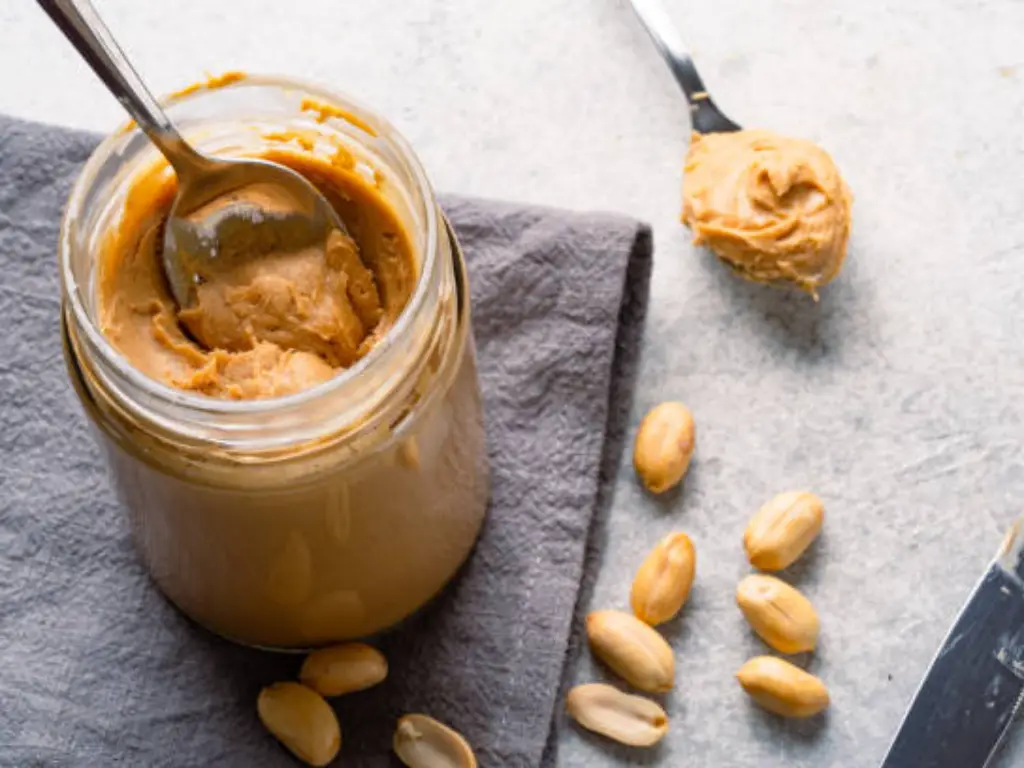
3. Glass Quality and Heat Resistance
This aspect cannot be compromised in any application that entails a substantial difference in temperature, e.g., hot-fill canning or candle making. Ensure that when selecting glass, it is specifically designed to be able to withstand thermal shock to avoid breakage, which can be dangerous. Generally, one should always seek thick and durable glass with no chips, bubbles, or other form of defects that might jeopardize its integrity.
4. Closure Kompatibilitas and Seal Type
The jar is as good as the seal. Check that the lid fits the jar to perfection and is intended to serve your purpose before buying it. Do you require a vacuum seal developed by two lids of lid long-term canning? Or can a lug lid airtight seal or a bail lid airtight seal fit your product? To prevent a frustrating mismatch, it is always good practice to buy jars and their lids from the same supplier.
5. Regulatory and Food-Grade Compliance
This is a crucial measure for every person marketing a product to the community in terms of legality and safety. You should ensure that the glass and the covering materials (for example, liners and gaskets) are all certified as food grade and meet all the applicable requirements in your target market, including FDA regulations in the United States.
From Kitchen Craft to Commercial Production
When a hobby of making good quality jarred products turns into a business, the issues of operation transition between hand work to large-scale and standard production. Hand-packaging hundreds or thousands of products is not only ineffective but can also create the risk of inconsistency in sealing, which can directly affect product quality, safety, and brand reputation.

This is where automated packaging solutions are a strategic requirement. We are at LevaPack, and we have a business of assisting companies to make this jump. We have 18 years of experience and a record of successful installations in more than 100 countries, and can offer robust machinery to address the issues of scaled production. We use high-quality components (such as Siemens PLCs) and long-lasting 304/316 stainless steel to build a precision and durable product. We know that speed is essential, whereby standard models can be delivered very fast. Since the first consultation to lifetime technical support and the long warranty, we have become a real co-conspirator in your development. Simple screw cap, twist-off lid, or complex vacuum sealing on the glass jars in this guide, our machines ensure that you have a perfect seal every time and scale with confidence.
Learn more about our machines below and reach our team today to get a personalized consultation and quote on what you need to produce.
Kesimpulan
The glass jar is an incredibly useful and economical piece of equipment, which has become a part and parcel of everyday life in the domestic environment and international trade. Its natural purity, preservation, and maintenance make it still relevant. These different varieties, ranging from the common Mason jar to the professional Paragon, can be chosen wisely by getting an in-depth knowledge of their differences. The advantages of using this high-quality packaging option in full can be realized by paying special attention to the essential role of closure systems and following the best practices of care and utilization. The next step is a strategic investment in quality automated packaging machinery that balances craft into a commercially viable business that is founded on a platform of quality and consistency.


